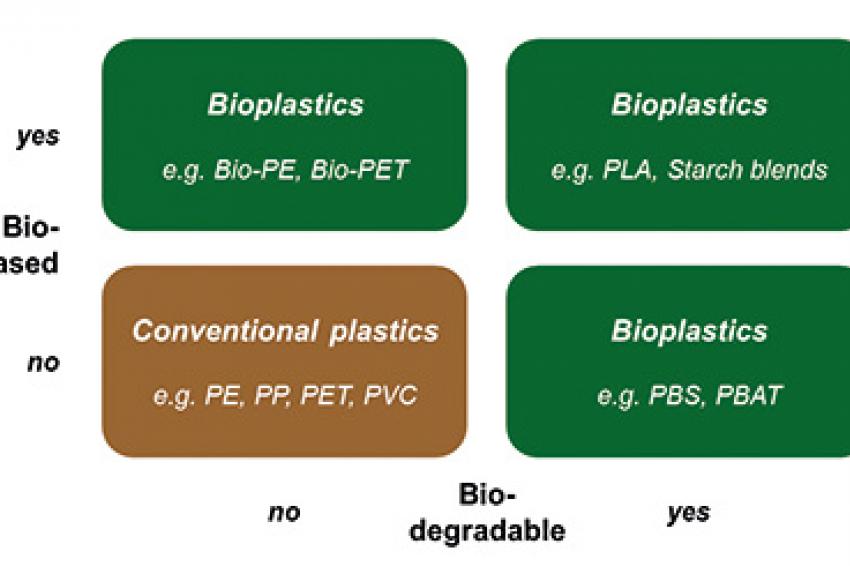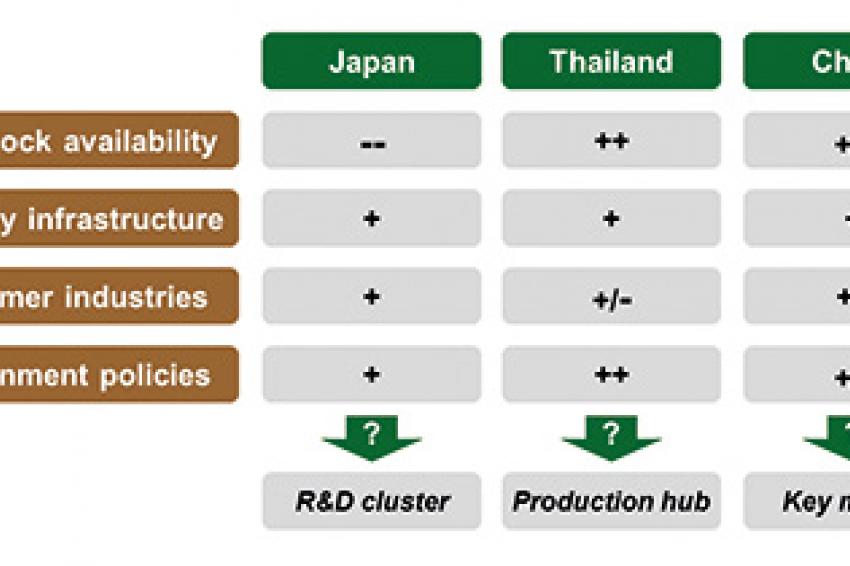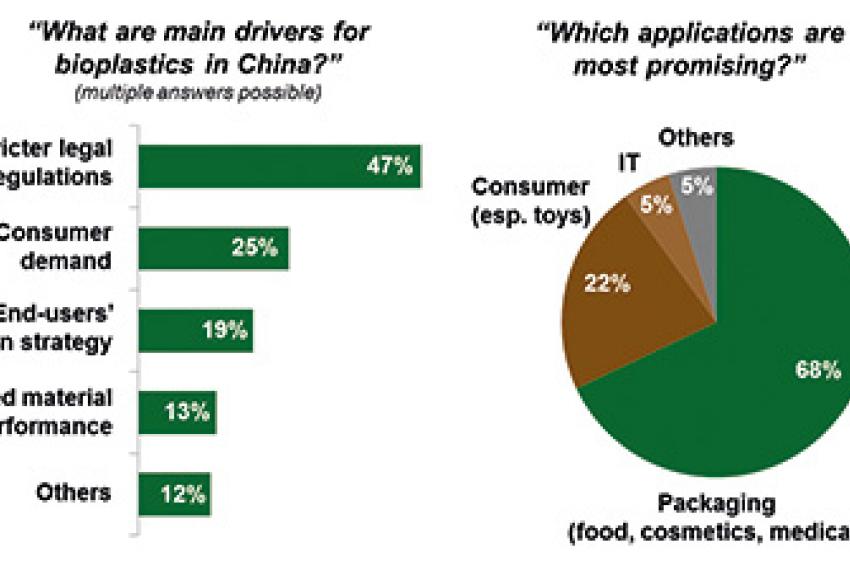Chinese Acquisitions Gives Local Access to Foreign Chemical Companies
China Leads Chemical M&A Activity in BRIC Countries
Deals are Worth the Trouble - With the ever-increasing importance of the Chinese market, foreign chemical companies obviously have a strong interest in buying local players. As a consequence, China leads chemical M&A activity in the BRIC countries (Brazil, Russia, India and China), accounting for two-thirds of deal volume in the first quarter of 2013, with six transactions worth more than $50 million.
This is despite the many obstacles for acquisitions in China. Good target companies are hard to find, and the majority of deals are initiated by proprietary networks and brokers. The success rate for closing deals is much lower than in Western markets.
Reasons to Go For Acquisitions
However, strategic investors - that is, companies already active in the chemical industry as opposed to equity investors - have a variety of good reasons to acquire chemical businesses in China. Buying a Chinese company may give a multinational corporation (MNC) access to local production facilities as well as to key local accounts. In addition, Chinese companies often have a low-cost distribution network, which is particularly important for mid-market products, where distribution has a higher share of the total costs. Such an acquisition may also allow execution of a two-brand strategy, such as done by DSM in its acquisition of ICD, a domestic producer of ultra-high molecular-weight polyethylene (UHMWPE). It helped DSM to fill some portfolio gaps and to add different price segments. By taking over existing facilities as well as customers, growth via acquisitions can be much faster than organic growth.
Overall, most of the recent acquisitions of Chinese chemical companies by MNCs were in the core area of the MNC. Acquirers tend to be global leading players in the respective areas, for example W.R. Grace, which in 2012 acquired the Chinese Noblestar Catalysts, expanding its production footprint in fluid cracking catalysts, or CABB obtaining local production capacity through the acquisition (via joint venture) of monochloroacetic acid producer Jinwei Huasheng. The overriding aim is to strengthen the local market position, add local production capacity and pursue lower-end markets. In contrast, chemical acquisitions by MNCs are rarely used to enter completely new markets, or markets with weak starting position. For example, before AkzoNobel bought Boxing Oleochemicals, it was already a leading player in specialty surfactants.
Defining Selection Criteria
Once the decision to search for an M&A target has been made, the selection criteria need to be defined based on the company strategy. This will result in a variety of criteria that may include, e.g.:
- Chemical subsegment (as mentioned above, likely to be one in which the acquirer is already active - few Chinese chemical companies are technologically attractive as stand-alone targets)
- Customer base (in particular regarding overlap/synergies with existing customers of the MNC - for example, AkzoNobel acquired Prime Automotive Coatings as this domestic company served a lower market segment than AkzoNobel itself)
- Annual sales of the target (too-large targets are not realistic while too-small targets may not be worth the effort, often resulting in a target sales range, e.g., $10 million to $100 million U.S.)
- Profitability (particularly relevant if acquiring company is margin driven)
- Regional focus (e.g., a foreign company may want to strengthen its business in the west of China)
- Ownership type (private companies are more likely to be successfully acquired than state-owned ones)
- Company image and culture (as this will influence the later ease of integration)
Target Lists
Once at least a few basic criteria have been determined, one of the most difficult tasks in the whole process is the preparation of high quality, long lists of targets. China's chemical markets are notoriously fragmented and fast-moving - the market participants change rapidly, and it is not easy to get reliable data. The best approach is not to rely on a single database but utilize a variety of sources, e.g., databases from different providers, sourcing sites, market studies, expert interviews, etc. Hints from the own sales staff may highlight some particularly promising targets. On the other hand, the resulting long lists will contain a large number of companies that are either only traders of the relevant chemicals or may not even exist at all (not such a rare occurrence, either).
The subsequent elimination process should first focus on those criteria that are an absolute must and at the same time fairly easy to assess. For example, product groups or annual sales of a domestic chemical company tend to be easier to evaluate than the potential fit with the culture of a Western company. In the later stages (once only a handful of target candidates remain), more specific checks are vital, e.g.:
- Site visits
- In-depth analysis of products (e.g., quality, portfolio)
- Talks with customers
- Factual checks of company data
For example, for a specialty chemicals company we looked at about 2,100 companies in a specific chemical segment. Elimination of importers and traders brought the number down to about 700, which we reduced to about 50 based on more specific criteria (particularly minimum sales size). Only at this stage some of the criteria that are more difficult to assess (e.g., technology level, potential willingness to do a deal) were taken into account. The top 10 targets were then prioritized with the management of our client, leading to a detailed profiling of initially five companies.
Covering Targets in and out of China
On a side note, an interesting aspect of expanding the presence in the Chinese chemical industry was highlighted by the recent acquisition of PCTS, a specialist in biocides for paints and coatings, by Lanxess. Though the company is based in Singapore, 60% of its sales are generated in China. This example shows that a target search with the objective of expanding the China presence may also cover targets outside of China. In some industries for which the market has shifted massively toward Asia, even companies located in Europe may be worthy targets given their share of exports to China. Such deals may also help avoid dealing with some of the specific complexities of acquisitions in China. Acquiring Chinese assets of multinational companies is another option, an example being the recent acquisition of Bayer's vitamin premix activities in Chengdu by the Animal Nutrition and Health segment of DSM.
Word of Caution
Finally, a word of warning based on our project experience. It is unlikely such a search will result in finding the perfect acquisition target. Often at least one aspect of the target will be less than ideal. In particular, few Chinese chemical companies can be integrated without major investment in health, safety and environment (HSE) equipment. Only very few targets will be attractive from a technology standpoint - and if so, they are likely to be part of larger, less attractive operations. So a certain readiness for compromise is almost a precondition for an acquisition to eventually happen.
Contact
Managm. Consult. Chemicals
RM1302, 13/F CRE Bldg.
Wanchai, Hong Kong
China
+86 1368 1873992









